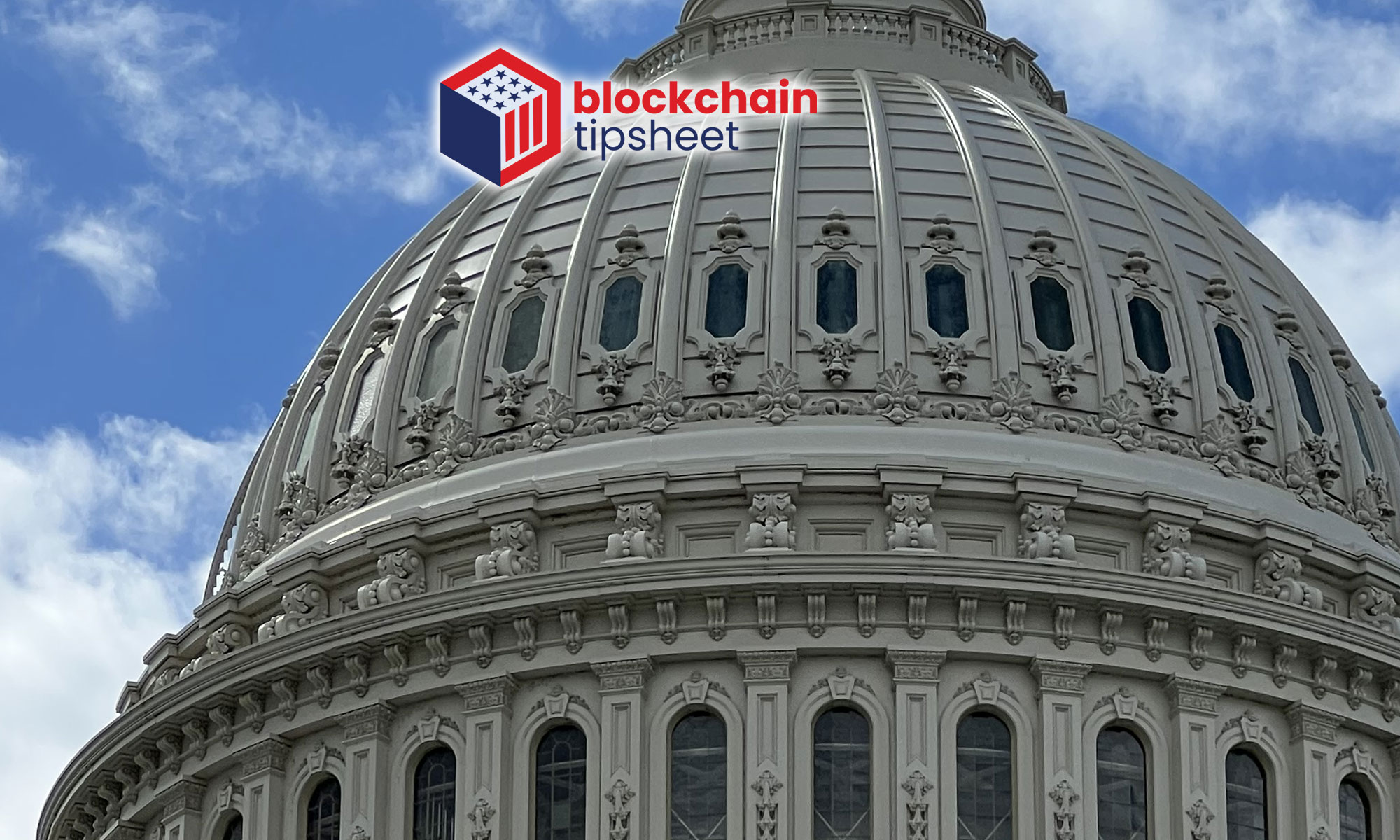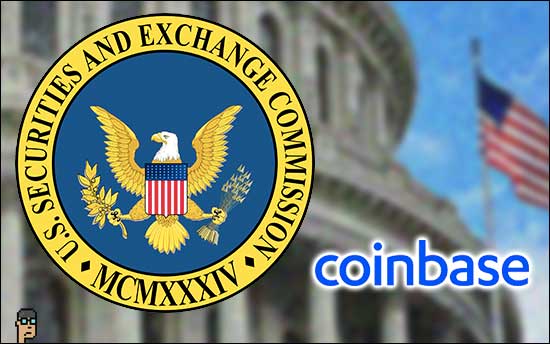Here’s today’s blockchain tipsheet… prefer it by email? Sign up here.
broad regulatory jurisdiction
“The Securities Exchange Commission (SEC) is trying to seize broad regulatory jurisdiction over a massive new industry via an enforcement action against a 32-year old former Coinbase employee and his kid brother.” And so begins law firm Jones Day’s argument – which was submitted Monday to the courts – on why the SEC’s securities fraud case against Coinbase Manager Ishan Wahi should be dismissed. Read the argument which includes comparison’s to the Howey Test beginning on page 17 of the request for dismissal (PDF)
Meanwhile, a guilty plea has been agreed to by the same Coinbase employee this week according to Reuters (subscription). What’s going on here?
First, how the alleged scheme worked: before at least 9 different tokens were listed on Coinbase’s exchange, the Coinbase executive, Ishan Wahi, informed his brother about the imminent listing. His brother, Nikhil, would then buy the tokens on exchanges where they were already available. Once the coins were listed on Coinbase – which is an exchange with enormous liquidity relative to any other marketplaces – the token price invariably went up across the token’s entire market including Coinbase’s. And then Mr. Wahi’s brother would sell and profit.
The double-edged sword here is that there were two sets of charges: wire fraud and securities fraud driven by the Securities Exchange Commission (SEC). There’s more to come on this legal battle as the SEC has until early April to respond to the request for dismissal.
Similar to Grayscale’s Bitcoin ETF case against the SEC coming March 7, the courts are increasingly being tasked with regulation. In this case: are these 9 digital asset tokens securities?
Mining
A new letter sent by 8 Democratic members of Congress led by Senator Elizabeth Warren (MA) expresses concern about the impact of mining cryptocurrency: “The urgency of the climate crisis, combined with the rapid growth of cryptomining in the U.S., dictates a comprehensive mandatory disclosure and data collection regime.” See the letter.
Additional signers include Senators Sheldon Whitehouse (RI), Ed Markey (MA), Jeff Merkley (OR), Dick Durbin (IL), and Representatives Jared Huffman (CA), Katie Porter (CA), and Rashida Tlaib (MI). The Verge covers how some lawmakers believe that energy and emissions reporting is the “kind of transparency is an early, crucial step toward reining in pollution from crypto mines.” Read more.
TradFi digital asset love
At SIFMA’s Asset Management Derivatives Forum today through Friday, which will include a keynote by CFTC Commissioner Christy Goldsmith Romero, digital assets will once again take center stage -the topic was a big part of the narrative at SIFMA’s November conference in New York City, too.
At this week’s California conference, TradFi (traditional finance) appears to be drinking the digital assets “kool-aid” in a panel discussion which includes executives from Goldman Sachs, Vanguard, JP Morgan – and Coinbase’s Roger Bartlett. The description: “While the crypto winter has led to a reassessment of the sector by some, the future use of tokenization could offer opportunities for great efficiencies in the trading and post-trading environment.” See more.
On that note, Mike Boroughs of blockchain investment firm Fortis Digital Venture tells Decrypt yesterday, “…the actions of large financial institutions show that they believe crypto is here to stay.” However, news this past week that the community bank lobby wants crypto isolated paints a complicated TradFi picture.
DeFi danger
On the US Treasury’s Office of Financial Research (OFR) blog, researcher Kevin Zhao plucks from the OFR’s Annual Report for 2022 and explains why DeFi (decentralized finance) growth could threaten financial stability. Leading the list: “Effects from Price Declines of Digital Assets Could Spill Over into Traditional Financial Markets.” Read the blog post. Zhao appears to equate any digital asset as DeFi whereas, elsewhere, DeFi is often connected to autonomous decentralized exchanges.
The OFR has no small mission: “Promote financial stability by delivering high-quality financial data, standards and analysis principally to support the Financial Stability Oversight Council and its member agencies.”
Pham fam, GMAC meeting
CFTC Commissioner Caroline Pham has expanded her office with Brigitte Weyls, who will serve as Interim Senior Counsel. Read the release which says Ms. Weyls has 15 years of experience at the CFTC and includes participation in enforcement actions such as the one against digital asset trading platform BitMEX in 2020.
Separately, the agenda for Commissioner Pham’s Global Markets Advisory Committee (GMAC) meeting on Monday, February 13 was announced and includes a section on digital assets. Adam Farkas of Global Financial Markets Association (GFMA) and Association of Financial Markets Europe (AFME) will present on international policy trends. BNY Mellon, Stellar and CoinFund will present use cases. Read the entire agenda (PDF).
satoshi for your thoughts
Decentralized social networking company Damus announced that users of its app will soon be able to earn Bitcoin through engagement with the app. Damus is using the NOSTR (Notes and Other Stuff Transmitted by Relays – see github) social protocol that is supported in part by Twitter founder Jack Dorsey. Read more.
crypto winter storm
The unraveling – or deleveraging – of holding company Digital Currency Group (DCG), owners of diverse crypto-related stakes such as publication Coindesk and broker Genesis, appears to be moving into its next phase. The Financial Times reports that DCG is looking at multiple ways to create liquidity including sales of shares in its Grayscale unit’s ethereum fund, “The company is selling at about $8 per share, despite each share’s claim to $16 of ether.” Read more about the Grayscale money machine.
crypto choke point
Nic Carter, a well-known and respected cryptocurrency expert tweeted yesterday: “I don’t want to alarm, but since the turn of the year, a new Operation Choke Point type operation began targeting the crypto space in the US. it is a well-coordinated effort to marginalize the industry and cut of(f) its connectivity to the banking system – and it’s working.” In a follow-up tweet, Carter promised a longer “summary” in the near future.
The original “Operation Choke Point” was discovered by The Wall Street Journal in 2014. Wikipedia describes: “Operation Choke Point was an initiative of the United States Department of Justice beginning in 2013 which investigated banks in the United States and the business they did with firearm dealers, payday lenders, and other companies believed to be at a high risk for fraud and money laundering.” Stay tuned.
now speaking
-
- Remarks at the “Banking on Financial Inclusion” Conference – Vice Chair for Supervision Michael S. Barr
You want more
-
- SEC Directs Examiners To Focus on How U.S. Broker-Dealers Are Pitching Crypto – Coindesk
- SEC Charges Las Vegas Resident in Crypto Fraud Targeting Filipino Community in California – SEC.gov
- What do Venture Capitalists Think About the Crypto Market? (subscription) – Bloomberg
- Accredited Investor Definition and Private Securities Markets – Congressional Research Service
- Laos begins digital currency trial with Japanese blockchain company – FMT
If you would like this delivered as a newsletter, please sign up here.

